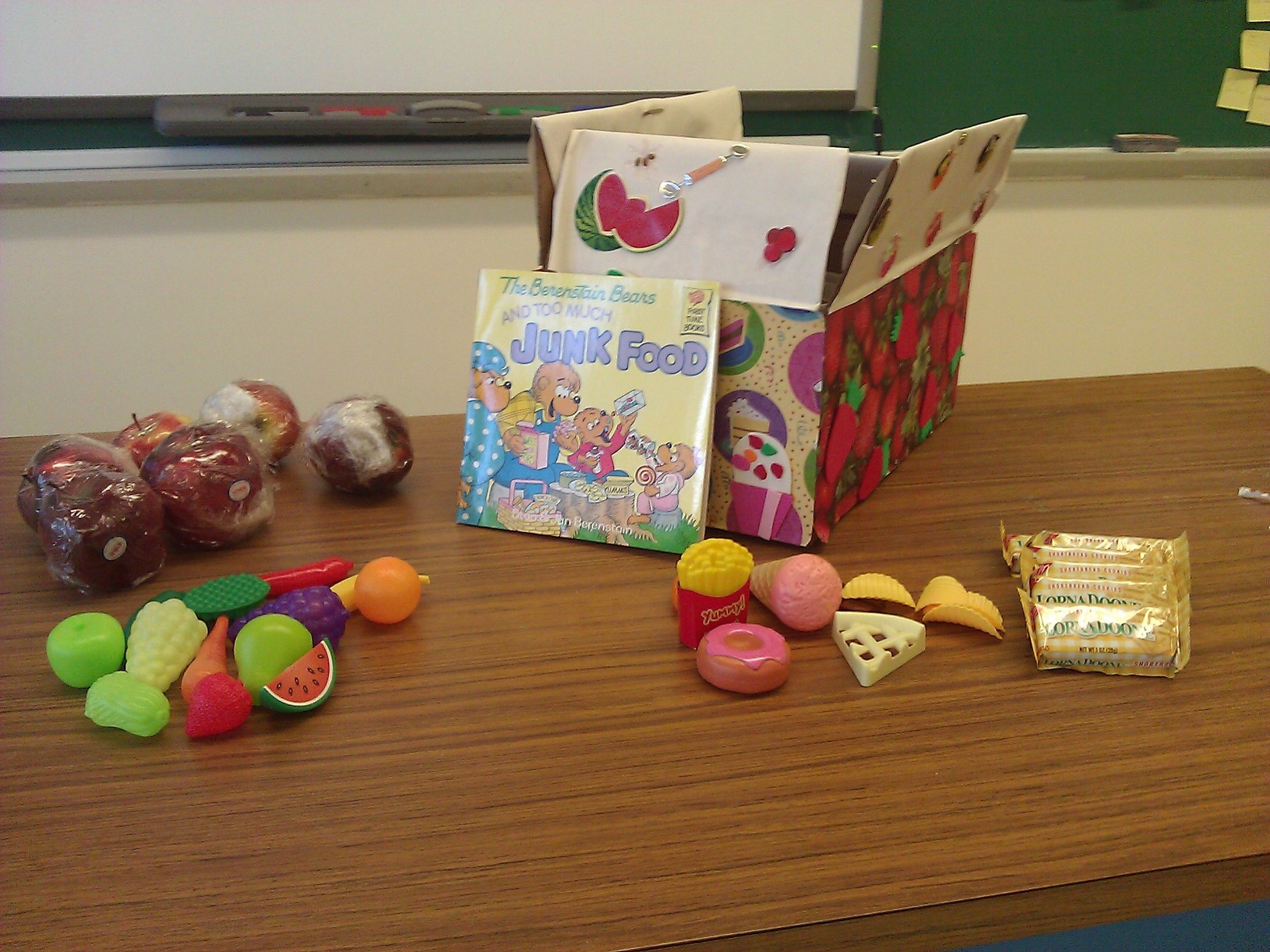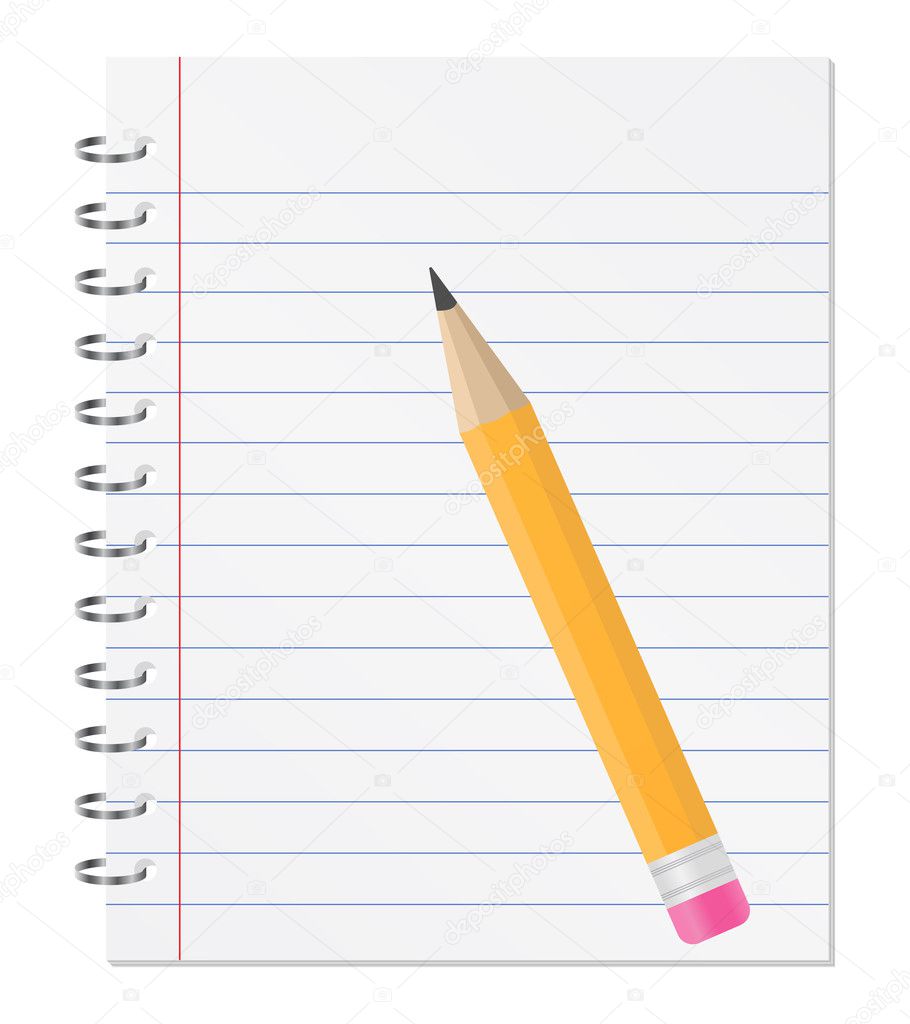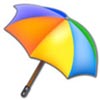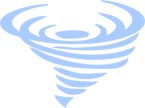Recycle and Reuse: This lesson focuses on teaching children how grass clippings, leaves, and other natural debris can be recycled and reused through composting. Children will have the oppurtunity to go outside and explore their surroundings while also collecting items such as, cuttings, clippings, leaes, and other natural debris. They will use these to put into a jar with soil and water to do their experiment. At the end children should be able to, measure the temperature and height of the compost jars, describe the changes that took place to the yard waste as it decomposed, and explain the benefits of composting yard waste
Water in My World: In this lesson students will learn how little of our water is actually usable and the importance of conserving water. Students will begin by brainstorming ways they can think of that they use water everyday. The children will be faced with the questions, Why is it important to conserve (save) water? and why is important to keep our water unpolluted (clean)? Students will make tally marks for each time they use water through out the day at school. Students will use a hundred chart to look at how much water we are unable to use out of all of the water in the world.
The Living Earth: In this lesson students will discuss glaciers and how they change the land and what other things that causes changes to our planet's structure. Students will be asked if they know what glaciers are to start out the lesson. A sample definition of what one is would be, "A large body of ice moving down a slope, pushing rocks and sand as it travels. Glaciers are responsible for new landforms." Students will use ice cubes to show how glaciers cut into the Earth's surface and cause change.
Introduction to Flight: This lesson will teach students about the forces involved in flying such as lift, gravity, thrust and drag and also Bernoulli's principle. Student will be challenged with the following questions to begin, What are some examples of things that fly? Can you group them into different types of flight? How about grouping them into natural and man made things? Flight is the actual process of flying, many things can become airborne but are they actually flying and under control? And, what role does gravity play in our efforts to fly?
Learn About Dinosaurs: In this lesson children will learn more about dinosaurs and then will do an activity to expand their learning. Children will be asked, What are dinosaurs? Who can name some modern reptiles? The children will be faced with the question, What happened to the dinosaurs? The answer is, "65 million years ago half of the species of living things on earth disappeared. Scientists believe they were wiped out by a huge meteorite which caused climatic shocks that wiped out the dinosaurs. Other theoris include: Mammels taking over the food supply or a massive volcanic eruption spewing out poisonous gases. Children will be able to make a dinosaur claw from cardboard, paint dinosaur eggs, play dinosaur bingo, or other activities listed in this lesson plan.
Basic concepts of cell and it's structure: In the lesson students will begin by learning the definitions to all the parts of a plants cell and a animal cell. Once they learn these students will then create a diagram on cardboard of the animal cell and its organelles.
Alternative Energy: Students will be faced with a problem in this lesson plan. Their will be an electrical appliance that will not be turned on even when the switch is on. Children will give ideas of why this may be. This will then lead to the discussion of what electricity is and what it is able to do. At the end of this lesson children should have a basic knowledge on what electricity is and what it can do for us along with have an appreciation for it and know good energy-saving/energy-efficient practices.
Exploring Scientific Tools: Balance: In the lesson students will learn to use a scientific balance and will observe, predict and record their findings. Students will be asked to predict which object out of two will weigh more and why. As the children move from station to station children will be writing down what they are doing and their predictions in a journal.
The Body Parts: In this lesson students will be taught a variety of vocabulary that includes parts of the body. Students will use a visual aid along with their own body to learn the parts of the body. The song, "Head, Shoulders, Knees, and Toes" will beused for the students which will give a good use of repetition for them to remember it. By the end the students will be able to label the body parts names.























